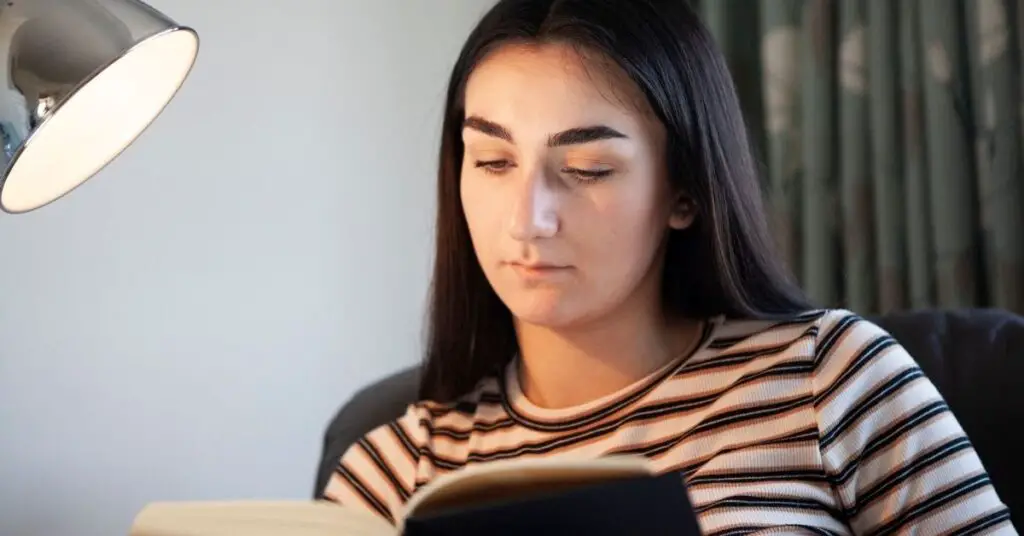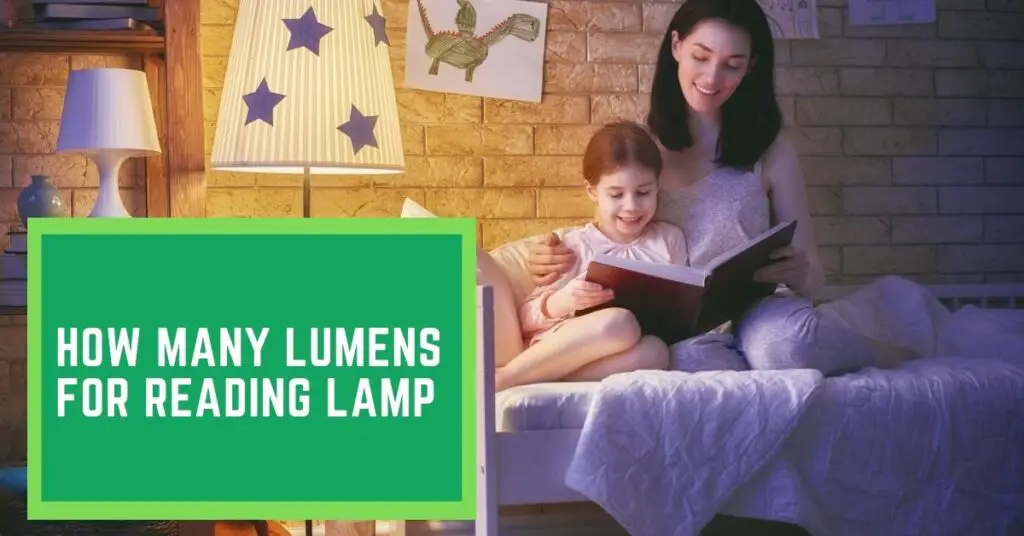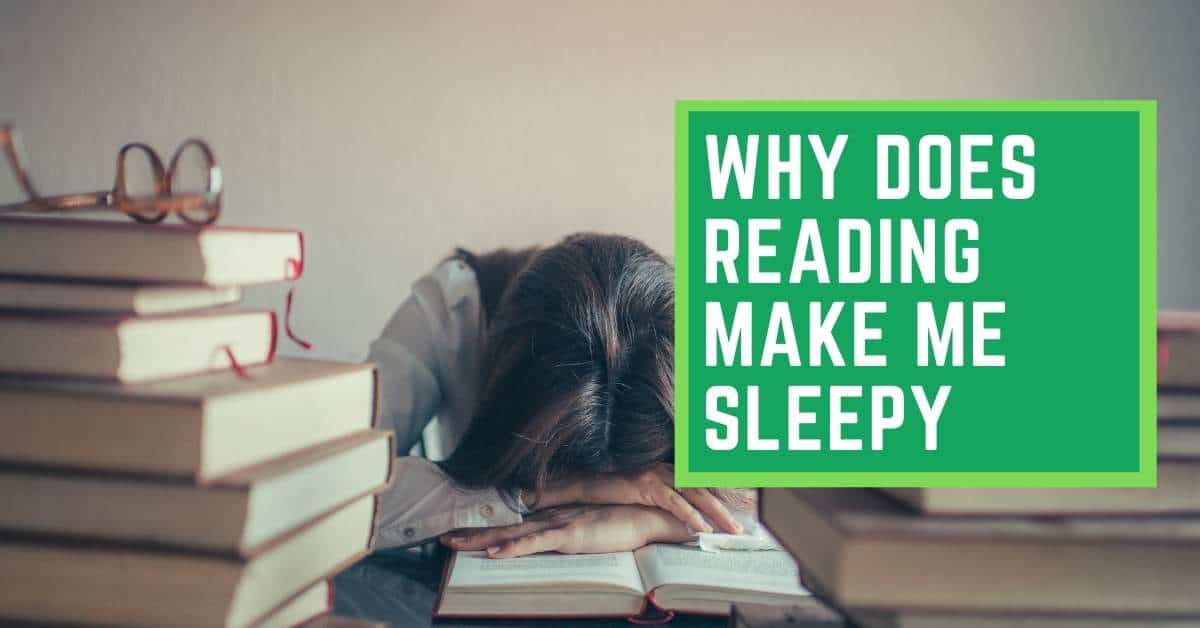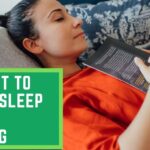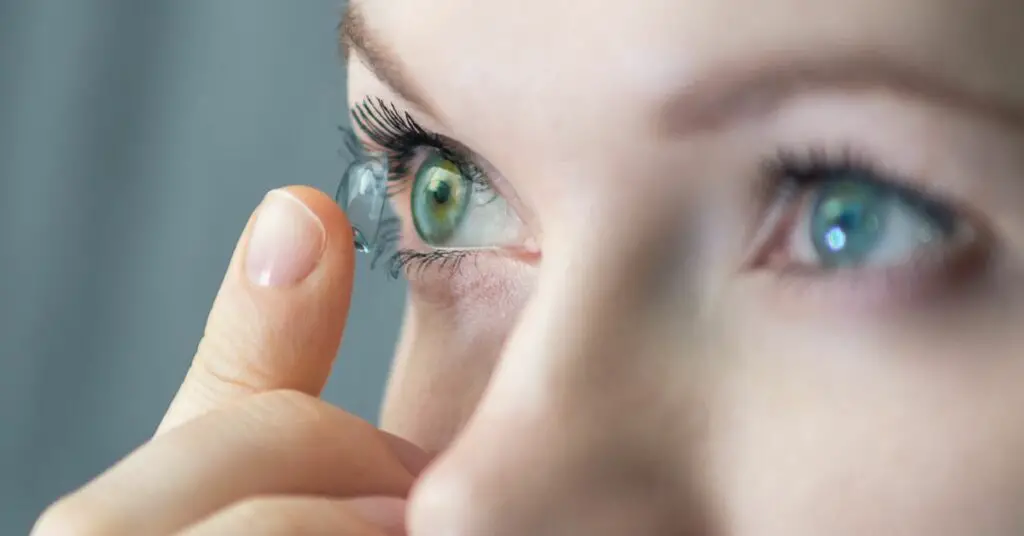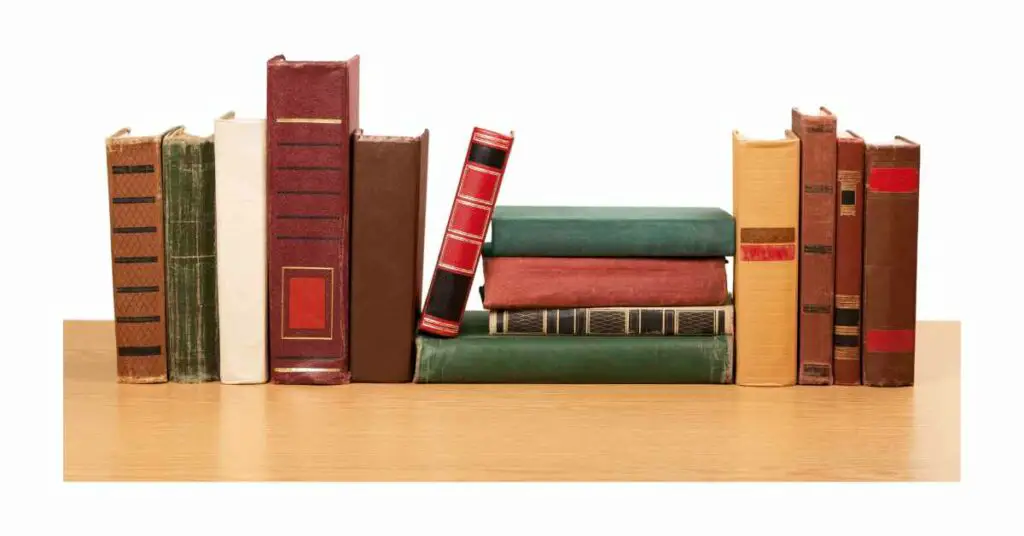When it comes to choosing the right light bulb for your reading lamp, one of the most important factors to consider is the amount of light that it emits or its lumen output. This article will find out how to know how many lumens you need for a reading lamp.
Generally speaking, the more lumens a light bulb emits, the brighter it is. So if you need a bright light for reading, you will need a light bulb with a high lumen output.
So the answers to this question depend on several factors, including the type of reading lamp you are using and the size of your room. Most people need between 30 and 60 lumens per square foot of lighted space in order to read comfortably.
However, if you use a very powerful reading lamp or your room is particularly large, you may need more lumens.
When choosing a reading lamp, it is important to consider both the brightness and the angle of the light. A lamp with a higher lumen output will be brighter, but it may also produce a harsh light that can be difficult to read under.
A lamp with a lower lumen output will be dimmer, but it may produce a softer, more gentle light that is easier on the eyes. The angle of the light is also important, as a lamp that shines directly into your eyes can be very uncomfortable to read under.
If you are unsure about how many lumens you need for your reading lamp, it is best to consult with an expert. A lighting specialist or an electrician should be able to help you choose a lamp that will provide the perfect amount of light for your needs.
Importance of Lumens Strength
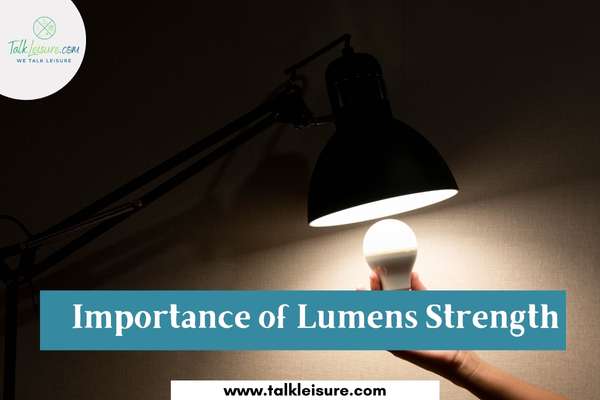
Lumens measure the amount of light output by a given light source. A lumen is defined as the amount of light emitted in a unit of time, and it can be measured in candela or lux. The higher the number of lumens, the brighter the light will be.
When it comes to reading, it is important to have a strong light source so that you can see the words on the page. If the light is too weak, you may find yourself straining your eyes to see what you are reading. This can lead to headaches and eye fatigue.
If you suffer from migraines or headaches, a higher lumens reading lamp can also help reduce the frequency and severity of these attacks. In fact, many people find that they are able to read for longer periods of time without experiencing any discomfort when they use a brighter light.
There are a few different ways to measure lumens. One way is to use a lux meter, which measures the amount of light that is hitting a given surface. Another way is to use a photometer, which measures the amount of light that is being emitted by a given light source.
When choosing a light source for reading, it is important to consider the lumens output. A higher lumen output will provide a brighter light, making it easier to see the words on the page. If you are looking for a strong light source for reading, be sure to choose one with a high lumen output.
| Watts | Lumens |
| 150 w | 2600 lm |
| 100 w | 1600 lm |
| 75 w | 1100 lm |
| 60 w | 800 lm |
| 40 w | 450 lm |
Focus of Light
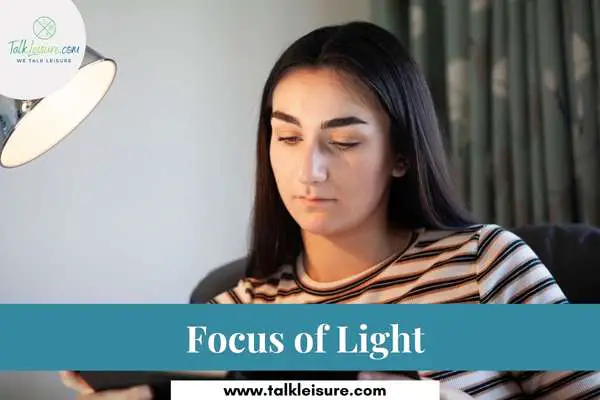
Without proper focus, light from a lamp can cause eye strain and make it difficult to read. The angle and intensity of the light source are important factors to consider when reading. Poor lighting can also lead to headaches.
There are a few things you can do to adjust the focus of your lamp light when reading. First, try moving the lamp closer or further away from your book until you find a comfortable distance.
Second, experiment with different types of bulbs until you find one that provides the right amount of light without being too harsh.
Finally, make sure the shade on your lamp is directed towards the book and not towards your eyes. By following these simple tips, you can help reduce eye strain and Enjoy your reading experience!
Spreading of Light
There are a few reasons why spreading light is important when reading. First, it helps reduce eye strain. When your eyes are strained, they can get tired more easily, and it can be not easy to focus.
Second, spreading light evenly across the page helps improve contrast and makes it easier to see the words on the page. Third, good lighting can also help improve your mood and focus while you’re reading.
When you feel more relaxed and comfortable, you’re able to concentrate better and enjoy the experience more.
So if you’re looking to get the most out of your reading sessions, make sure to spread some light around! It’ll make all the difference in how much you’re able to take in and comprehend.
Brightness of Light
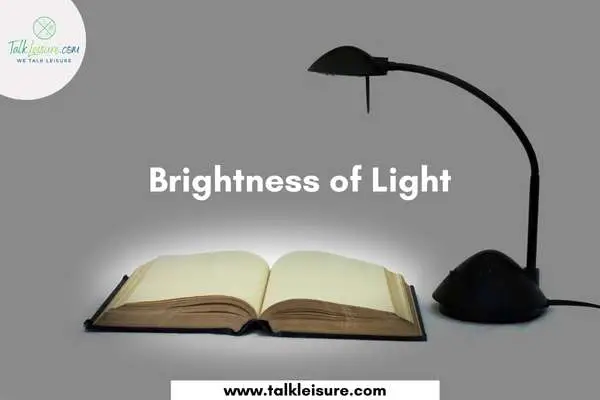
The brightness of the light is important when reading because it can help improve focus and comprehension.
In a study published in the journal Applied Ergonomics, researchers found that increasing the brightness of a computer screen by 50 percent resulted in participants being able to read 26 percent faster with no decrease in incomprehension.
Additionally, another study published in the journal Clinical Ophthalmology found that increasing light levels to 500 lux (the equivalent of a bright day outdoors) helped people with age-related macular degeneration (AMD) read 17 letters more on an eye chart than they could when exposed to only 200 lux.
So if you’re struggling to focus while reading or have difficulty comprehending what you’re reading, try increasing the brightness of your light source. It could make all the difference!
Types of Bulbs
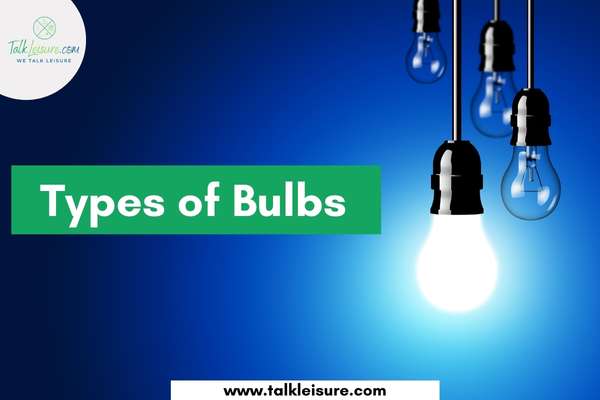
01. Incandescent
An incandescent light bulb is a device that emits light when an electric current passes through a filament. The filament is usually made of tungsten because it has a high melting point and produces a lot of light.
When the current flows through the filament, it gets so hot that it starts to glow. The heat energy from the filament makes the surrounding air molecules start to glow too, and this is what we see as light.
02. Halogen
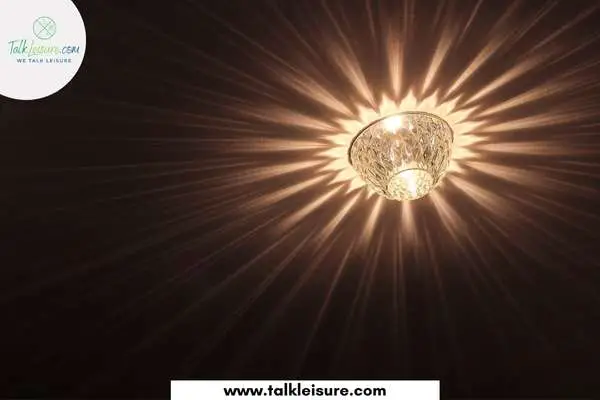
A halogen light bulb is a type of incandescent light bulb that uses halogen gas to provide a longer lifespan and brighter light than traditional incandescent light bulbs.
Halogen bulbs work by passing an electrical current through a tungsten filament. The heat from the filament causes the halogen gas to vaporize, which then recondenses on the surface of the filament. This condensation redeposits tungsten atoms back onto the filament, extending its life.
The brightness of a halogen bulb is due to the fact that the filament can be heated to a higher temperature than in traditional incandescent light bulbs. This higher temperature allows for a more efficient conversion of electrical energy into visible light.
03. CFL
CFL (compact fluorescent light) bulbs are fluorescent bulbs that use less energy than typical incandescent bulbs. They work by using a gas-filled tube that is illuminated when an electric current passes through it. This gas-filled tube is enclosed within a plastic casing, which is what you see when you look at a CFL bulb.
CFL bulbs come in a range of shapes and sizes and can be used in both indoor and outdoor fixtures. They typically last about 10 times longer than incandescent bulbs and use about one-quarter the amount of energy.
04. LED
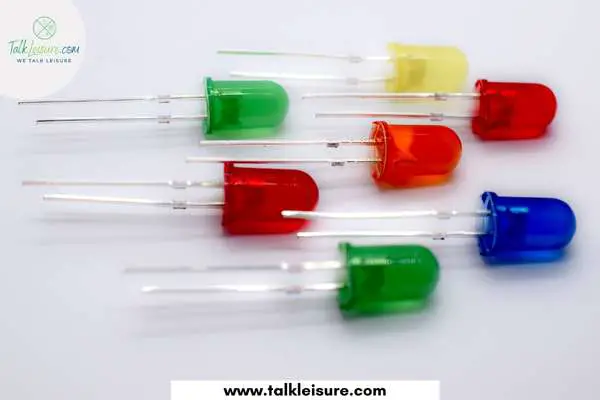
An LED bulb is a type of lightbulb that uses light-emitting diodes (LEDs) to produce light. LEDs are much more efficient than traditional incandescent bulbs, and they last longer too. Here’s how an LED bulb works.
Inside an LED bulb, a small chip contains several semiconductor materials. When electricity is applied to the chip, it emits photons (light particles). The colour of the light depends on the materials used in the semiconductor.
Nowadays, you can find LED bulbs in all sorts of shapes, sizes, and colours. You can even buy programmable LED bulbs that can change colour or simulate different types of lighting effects!
Types of Reading Lamps
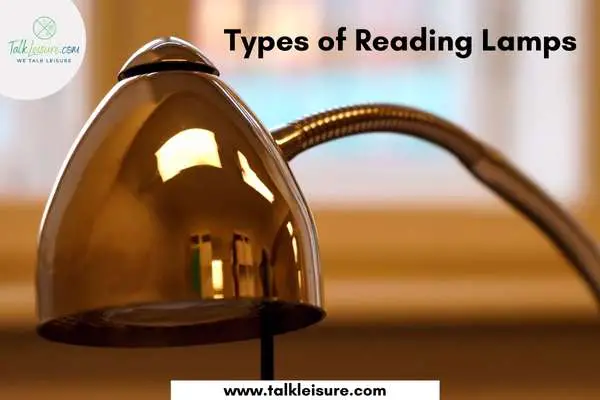
01. Swing Arm
A swing arm lamp is a type of lamp that can be extended or retracted, depending on your needs. These lamps are perfect for task lighting since you can adjust them to get the light right where you need it.
You can also use them as reading lights since they provide focused light that won’t disturb others in the room. Swingarm lamps come in a variety of styles and finishes, so you can find one that fits your décor.
Some even have features like built-in dimmers, making them even more versatile. Whether you need a task lamp for your home office or a reading light for your bedroom, a swing arm lamp is great.
02. Clip-On
Clip-on lamps are a great way to add extra light to any room without taking up too much space. They come in a variety of styles and designs, so you can find one that fits your decorating scheme. Plus, they’re easy to install – clip them onto any existing lamp or light fixture.
Clip-on lamps are perfect for reading nooks, dorm rooms, home offices, and anywhere else you need a little extra light. But they’re not just functional – they can also be stylish. So if you’re looking for a way to spruce up your space, consider adding a clip-on lamp!
Risk of Dim Light Reading
We all know that looking at screens in dim light can strain our eyes. But did you know that it may also be affecting our brains? A new study has found that reading on devices in low light can impact our ability to remember what we’ve read.
The study, conducted by researchers at the University of Stirling in Scotland, found that people who read on devices in low light had poorer recall than those who read in bright light.
The researchers believe that this is because the brain is less able to process information when it is tired. So, if you’re trying to take in new information when you’re already tired from looking at a screen, your brain may have trouble processing it all.
This is yet another reason to make sure you’re taking breaks from screens often and to make sure you’re getting enough sleep at night. If you find yourself having trouble sleeping, try reading a book in bright light instead of on your device.
So the next time you’re tempted to read in bed with just the light from your phone, remember that you may be harming your ability to remember what you read. Choose bright light instead, and give your brain a break.
Why does reading make you sleepy? Find out in this in-depth blog post.
Visual Explanations
i. Best light for studying:
ii. Lumens Vs Watts
Related Matters
01. What light bulb is best for a reading lamp?
A light bulb that provides a warm, yellow-orange light is best for reading. This type of light is more forgiving on the eyes than cool white or blue light.
The most popular type of light bulb for reading lamps is the incandescent light bulb. However, incandescent bulbs are being phased out in favour of more energy-efficient LED and CFL bulbs.
If you are looking for an incandescent bulb, be sure to buy one that is labelled as “warm white” or “soft white.” LED and CFL bulbs come in a variety of colours, so be sure to choose one that provides a warm, yellow-orange light.
02. Is 400 lumens bright enough for a desk lamp?
It depends. For example, if you’re sitting close to the lamp, or if the lamp is being used in a small, dark room, 400 lumens might not be bright enough. On the other hand, if you’re sitting across the room from the lamp or if the lamp is being used in a large, well-lit room, 400 lumens should be plenty bright.
It’s important to note that lumen output isn’t the only factor you should consider when choosing a desk lamp. Other factors to consider include colour temperature (measured in Kelvin), brightness control options, and whether or not the lamp has a built-in USB charger.
03. How do I choose a reading lamp?
When choosing a reading lamp, you’ll want to consider the best type of light for reading. You’ll also want to consider the size of the lamp and how it will fit into your space. Finally, you’ll want to choose a lamp that is comfortable to use.
The type of light that is best for reading is soft white light. This type of light is gentle on the eyes and won’t cause fatigue. You’ll want to look for a lamp with an adjustable arm so that you can direct the light where you need it. The lamp should also have a weighted base so that it doesn’t tip over when you’re using it.
The size of the lamp is important too. You’ll want to make sure that the lamp is large enough to provide adequate light but not so large that it takes up too much space.
Finally, you’ll want to choose a lamp that is comfortable to use. Look for a lamp with an adjustable arm and a comfortable grip. You should also make sure that the switch is easy to reach and use.
04. Are LED lights good for reading?
LED lights are becoming increasingly popular for reading lamps, as they offer a lighting option that is both energy-efficient and long-lasting. There are several things to consider when choosing an LED reading lamp, such as the colour temperature of the light and the specific needs of your eyesight.
Generally speaking, LED lights emit a bluish-white light, which is ideal for task lighting. This type of light can help to reduce eye strain and fatigue, making it a good choice for reading.
One thing to keep in mind is that LED lights tend to be very bright, so you may want to adjust the settings on your reading lamp accordingly. If you have any specific concerns about your eyesight, it’s always a good idea to consult with an eye doctor before choosing an LED reading lamp.
05. How do I calculate how much light I need?
There’s no one definitive answer to this question. It depends on a variety of factors, including the type of plant, its size and stage of growth, the surrounding environment, and your own preferences.
That said, there are some general guidelines you can follow. Most experts recommend providing between 50-100 foot candles of light for indoor plants.
The light intensity diminishes as you move further away from the source, so if your plants are located more than 3 feet from a window or other light source, you’ll need to provide supplemental light.
You can also use a Lux meter to measure the amount of light in your environment. This is especially helpful if you’re trying to determine whether or not your plant needs supplemental light.
In general, it’s better to provide too much light than not enough. If you’re unsure about how much light your plant needs, it’s always a good idea to consult with a professional.
